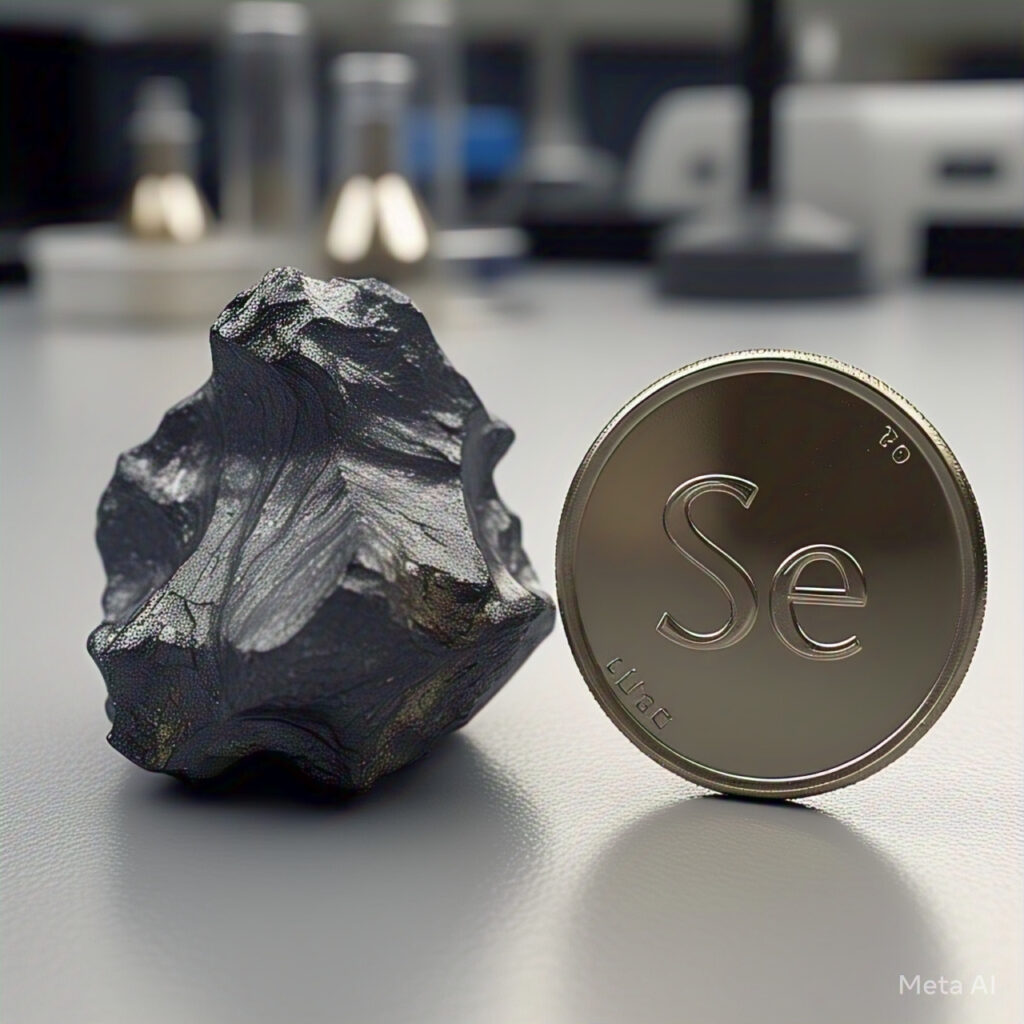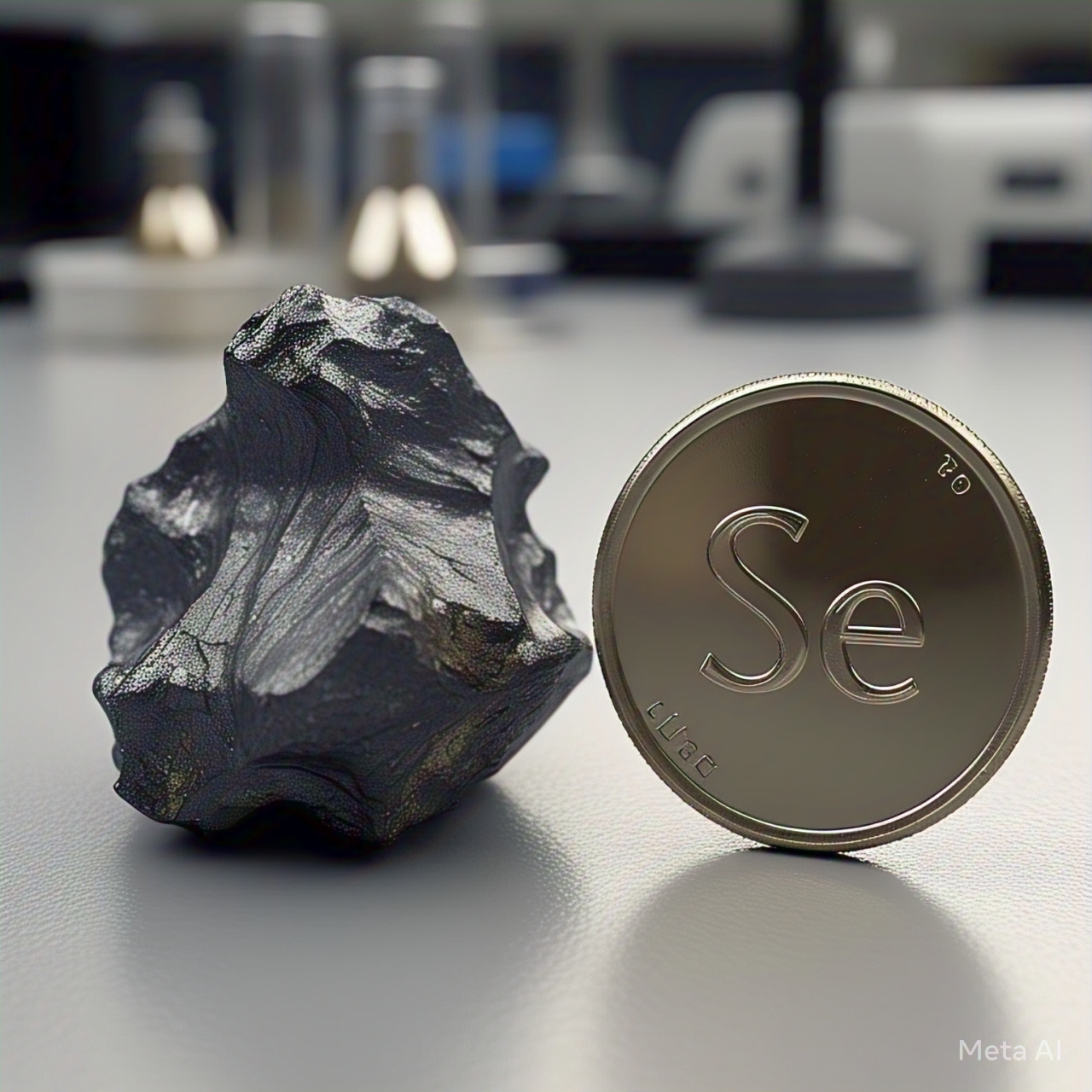
Highlights – ” Recently, the cases of sudden hair loss, or ‘acute onset alopecia totalis’ were reported in 279 persons in 18 villages of Buldhana, Maharashtra between December 2024 and January 2025, prompting authorities to probe into the matter. Samples were collected from over 155 people from all age groups. The tests done for fungal infection were negative. The dermatology teams from ICMR and AIIMS collected hair, blood, urine, water, biopsy, environmental and biological samples and also biopsy from the scalp of patients.”
“The primary cause of the outbreak was linked to wheat imported from Punjab and Haryana, which was found to have a significantly higher selenium content than the locally produced wheat. The wheat from the affected region revealed that it contained 600 times more selenium than the locally grown variety. This high selenium intake is believed to be the cause of the alopecia cases. The condition developed rapidly, with total baldness occurring within three to four days of the symptoms’ onset. The blood, urine and hair samples showed a 35-fold, 60-fold and 150-fold increase in selenium content, respectively. Furthermore, zinc levels were significantly lower in the affected individuals, pointing to a potential imbalance caused by the excess selenium.”
What is Selenium? Selenium is a mineral found in the soil and naturally appears in water and some foods. Selenium is a constituent of 25 selenoproteins, including thioredoxin reductases, glutathione peroxidases, and selenoprotein P. Selenoproteins play critical roles in thyroid hormone metabolism, DNA synthesis, reproduction, and protection from oxidative damage and infection. Selenium helps protect cells from damage caused by free radicals, boosts the defence system, and engages in the metabolism of thyroid hormones.
Sources of Selenium –
- Nuts – Brazil nuts, macadamia nuts, and walnuts. The Brazil nut contains the highest amount of selenium. One Brazil nut provides approximately 95 mg of selenium.
- Rice – Selenium is abundant in rice, especially in brown rice. 1 cup of brown rice contains 6 mcg of selenium.
- Mushrooms – Mushrooms, particularly varieties like shiitake and button mushrooms, contain selenium. 1 cup of mushrooms contains approximately 10-20 mcg of selenium.
- Banana – A banana in your daily diet can contribute to your selenium intake, providing approximately 1.2 mcg.
- Eggs: One full egg contains 15-25 mcg of selenium.
- Baked Beans – One cup of beans contains approximately 12 mcg of selenium, which is a beneficial nutrient to include in your diet.
- Seafood – Sea foods such as tuna, salmon, and sardines are excellent sources of selenium. Yellowfin tuna is known for being an excellent source of selenium. On average, a 3-ounce serving of fish typically contains around 40-70 micrograms of selenium.
RDA of Selenium – The recommended daily intake of selenium for adults is 55 mcg and 60 mcg for pregnant and lactating women.
Selenium deficiency – Selenium deficiency alone rarely causes overt illness, but it produces biochemical changes that might predispose people who experience additional stresses to develop certain illnesses. For example, Keshan disease, and Kashin-Beck disease. Selenium deficiency could exacerbate iodine deficiency, potentially increasing the risk of congenital hypothyroidism in infants.
Excess Selenium – Early indicators of excess intake are a garlic odour in the breath and a metallic taste in the mouth. The most common clinical signs of chronically high selenium intakes, or selenosis, are hair loss and nail brittleness or loss. Other signs and symptoms include skin rash, nausea, diarrhoea, fatigue, irritability, and nervous system abnormalities.
Acute selenium toxicity can cause severe gastrointestinal and neurological symptoms; acute respiratory distress syndrome; myocardial infarction; hair loss; muscle tenderness; tremors; lightheadedness; facial flushing; kidney failure; cardiac failure; and, in rare cases, death.
Based on systematic reviews that examined associations between excess selenium intake and clinical effects, specifically alopecia, the panel set an upper limit for selenium of 255 mcg/day for all adults, including women who are pregnant or lactating, with lower amounts ranging from 70 to 230 mcg/day for children and teens, depending on age.
References:

Your explanation of the stem and leaf plot is clear and easy to understand. It’s helpful for visualizing data distribution in a simple way. The examples provided make it much easier to grasp the concept. I appreciate the step-by-step breakdown. How would you handle larger datasets with more complex numbers?
Great explanation of the stem and leaf plot! It clearly breaks down how to organize and interpret data using this method. The step-by-step approach makes it easy to understand even for beginners. Visualizing data this way helps identify patterns quickly. Do you think stem and leaf plots are more effective than other data representation methods?
Good https://lc.cx/xjXBQT
Awesome https://lc.cx/xjXBQT
Awesome https://lc.cx/xjXBQT
Good https://lc.cx/xjXBQT
Awesome https://t.ly/tndaA